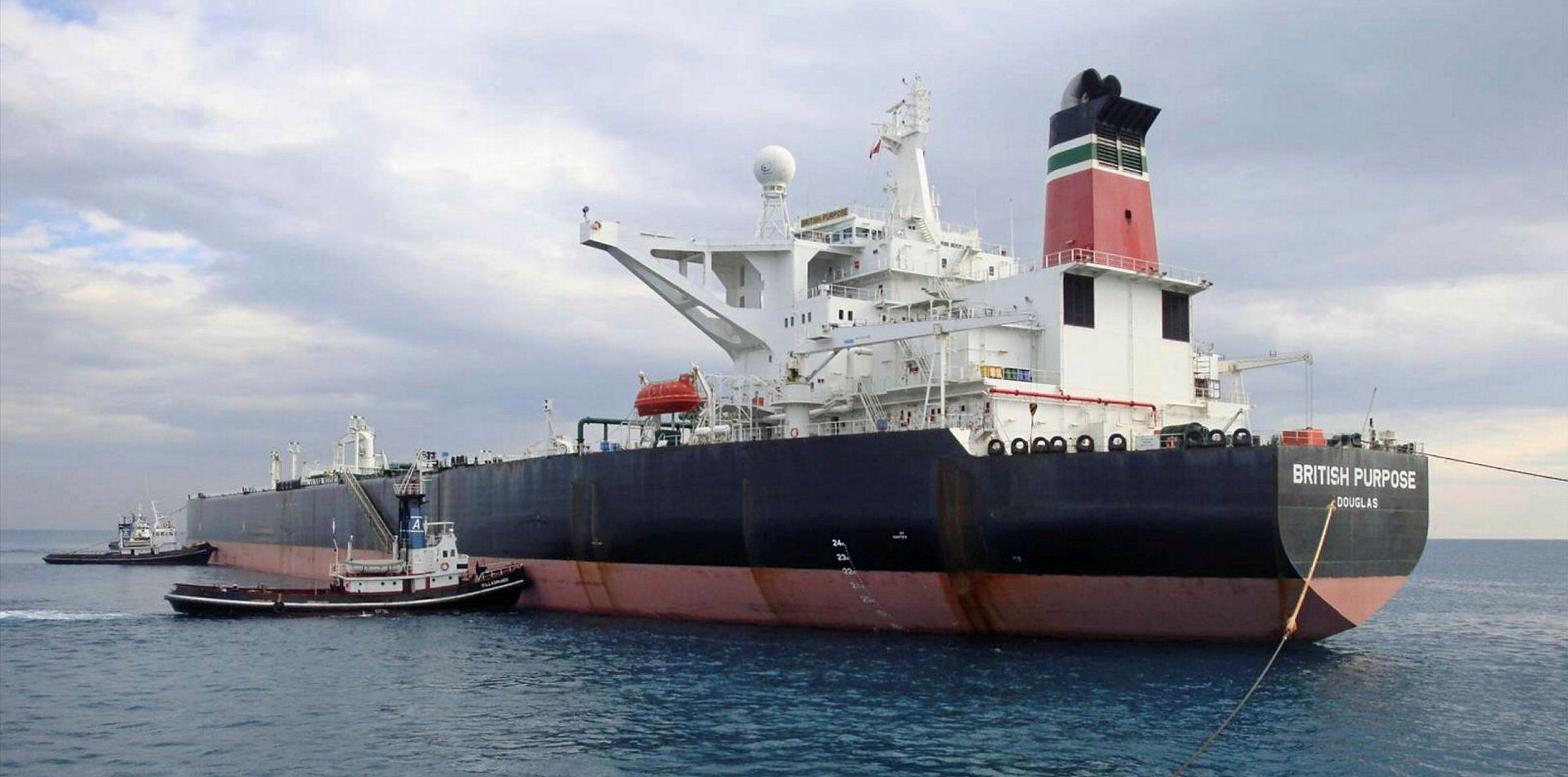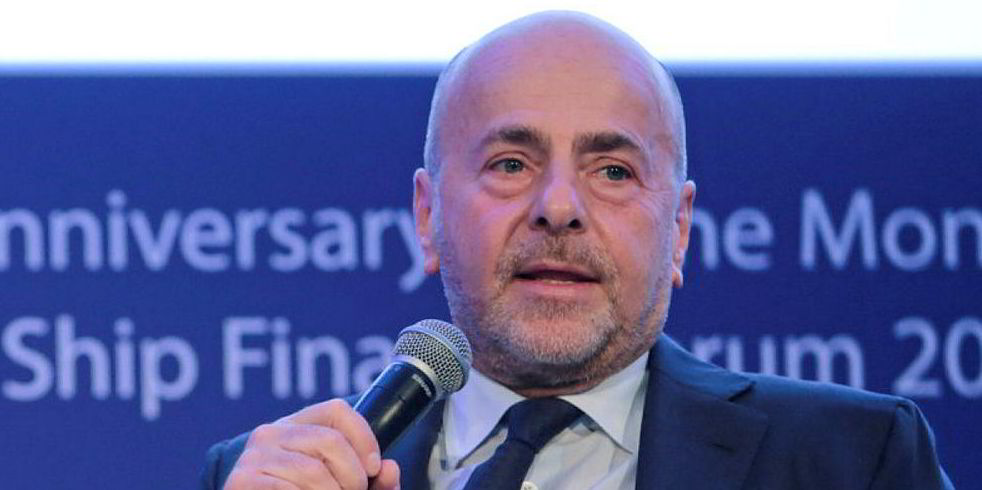Crude oil stored on tankers worldwide could be discharged by October as demand improves, putting further downward pressure on already weaker rates.
There appears to be little good news for shipowners, as analysts outlined the factors working against a previously buoyant sector as economies open up.
Energy Aspects said: "With onshore storage in Europe nearing capacity, floating storage will build to as much as 75 VLCC equivalents over May, gradually drawing from June as demand improves and runs rise."
The research consultancy views storage as clearing by October, sending a flotilla of anchored vessels back into the spot market.
About 5.5m barrels per day (bpd) — or five and a half suezmax cargoes — could be unloaded in the second half.
Storage wiped out?
Fearnley Securities said this equates to a draw of nearly 900m barrels over six months, "pretty much the expected stock build that will take place from January to June", which would wipe out the storage market for tankers.
"In the oil market sentiment has certainly improved, with many now being outright bullish after the likes of IEA [International Energy Agency] and other forecasters upping their April/May demand projections" the investment bank added.
But Fernley said for the draw to happen, forward prices must move into backwardation, where spot prices are higher than those in the future.
"Presently the curve is still in contango, but considerably flatter than a few weeks ago," analysts Espen Landmark Fjermestad, Peder Nicolai Jarlsby and Ulrik Mannhart said.
"Interestingly, the deeper OPEC cuts have also incentivised refinery buying in the short term, fearing a potential shortfall in volumes. Even Chinese buyers have seen reduced allocations in June."
Production shut-ins
Adding to tanker woes, low physical prices have triggered large production shut-ins across the globe.
The Fearnley analysts said these caps on output could add up to 4m bpd on a semi-permanent basis, with shale production falling in the US.
This means that eventually more Opec production — about 1.9m bpd in 2021 — will be needed to meet crude demand again, according to Energy Aspects.
Petro-Logistics said the Opec+ grouping reduced exports by nearly 6m bpd for the first 14 days of May, with Saudi Arabia cutting sales to the US and Europe in half.
June numbers could be reduced further due to the 1.2m bpd cut announced by Saudi Arabia, the United Arab Emirates and Kuwait.
"Few things thus point to improvements over the coming weeks, unless of course we suddenly hit the capacity of onshore storage," Fearnley added.
April was one of the busiest months ever for the time charter market, with oil majors and trading houses rushing to fix short charters of less than 12 months for floating storage demand.
VesselsValue recorded at least 70 period charters for VLCCs, suezmaxes and aframaxes last month.
Evercore ISI analyst Jonathan Chappell has highlighted slightly improving demand as economies re-open, as well as more aggressive supply reductions.
And crude oil traders expect the market to be closer to balance in the next few months.
Contango crushed
Brent crude's six-month calendar spread narrowed to a contango of less than $5 per barrel in recent days, from more than $12 in late April.
In the swaps market, the six-week calendar spread for dated Brent cargoes has shrunk to a contango of less than $3 per barrel from more than $6 in early April.
Spot VLCCs are earning $51,900 per day from the Middle East Gulf to South Korea, down 67% from a month ago.
But Cleaves Securities said VLCC owners dug in and managed to keep spot rates steady last week.
"Activity is however expected to slow, and softening of rates seems like the path of less resistance at the moment," the investment bank added.
Clean product tanker rates collapsed from "incredible" highs, with LR2s falling from $149,000 per day to $52,000 per day and LR1s from $99,000 per day to $37,000 per day from the Gulf to Japan, Cleaves said.






